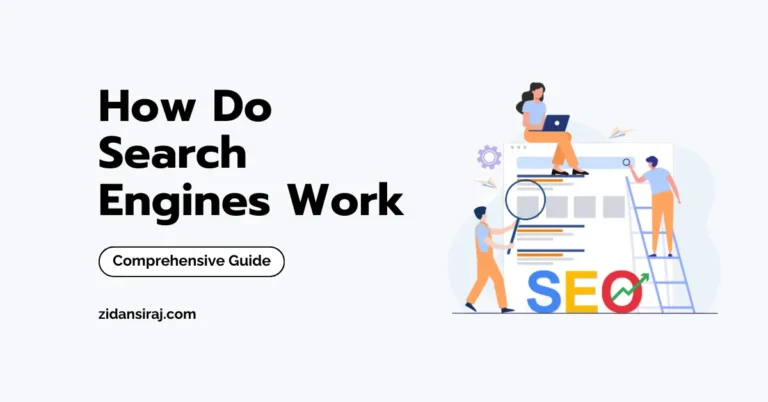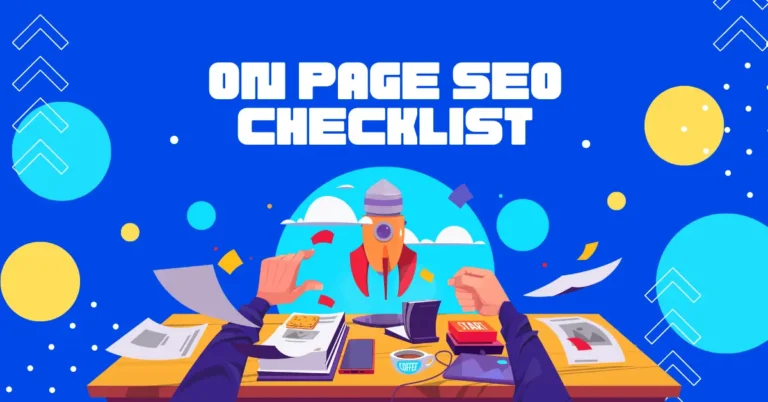Meta descriptions play a vital role in optimizing your website for search engines. In this blog post, we’ll discuss how to write a meta description for your website.
What is a Meta Description?
They are brief summaries of your content that appear in search engine results pages (SERPs) under the page title. An effective meta description can entice users to click through to your website, which can increase your click-through rate and improve your search engine rankings.
When writing meta descriptions, it’s important to consider on-page SEO factors like the use of keywords and the length of your descriptions.
But did you know that there’s one on-page element in particular that carries a lot of weight for SEO? To learn more about this important factor, check out my blog on which on-page element carries the most weight for SEO.
Now, let’s discuss how to write an effective meta description for your website.
Characteristics of a Good Meta Description
- A concise meta description should be no more than 155 characters long.
- Using your primary keyword in your meta description can help search engines understand what your content is about, but avoid keyword stuffing as it can harm your rankings.
- A compelling meta description should be engaging and encourage users to click through to your website.
- Using specific language that accurately reflects your content can also increase your click-through rate.
Tips for Writing an Effective Meta Description
To write an effective meta description, you should follow these tips:
- Keep it concise – Stick to the 155-character limit to ensure your entire meta description appears in SERPs.
- Use your primary keyword – Include your primary keyword in your meta description to help search engines understand what your content is about.
- Make it compelling – Use language that sparks curiosity or promises a benefit to entice users to click through to your website.
- Be specific – Ensure your meta description accurately reflects the content on your page. Avoid making vague or misleading statements that do not accurately represent your content.
Common Mistakes to Avoid
There are common mistakes you should avoid when writing meta descriptions, including:
- Duplicate Meta Descriptions – Using the same meta description across multiple pages can harm your rankings.
- Generic or Irrelevant Meta Descriptions – A generic or irrelevant meta description can reduce your click-through rate and harm your rankings.
- Ignoring Character Limit – If you ignore the character limit, your meta description will be truncated in the SERPs, reducing its effectiveness.
- Keyword Stuffing – Using too many keywords in your meta description can harm your rankings and reduce its readability.
Best Practices for Meta Description Writing
Follow these best practices when writing an effective meta description:
- Write Unique Meta Descriptions for Each Page – Writing unique meta descriptions for each page can increase your click-through rate and improve your search engine rankings.
- Use Active Voice – Using active voice in your meta description can make it more compelling and increase your click-through rate.
- Test Your Meta Descriptions – Testing your meta descriptions can help you determine which ones are the most effective.
- Update Your Meta Descriptions Regularly – Updating your meta descriptions regularly can improve your click-through rate and search engine rankings.
Conclusion
In summary, meta descriptions play a crucial role in optimizing your website for search engines.
A well-written meta description can increase your click-through rate and improve your search engine rankings.
When it comes to on-page SEO, optimizing your meta descriptions is an important factor to consider. If you’re not sure where to start, be sure to reference my on-page SEO checklist for guidance.







